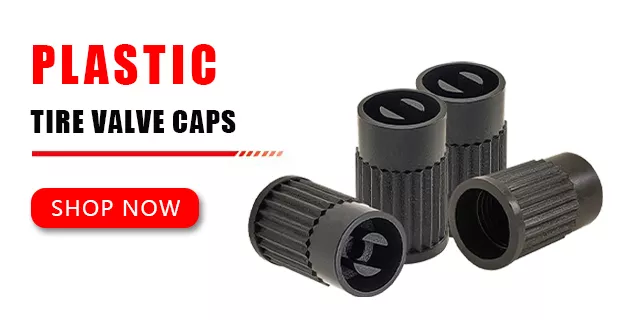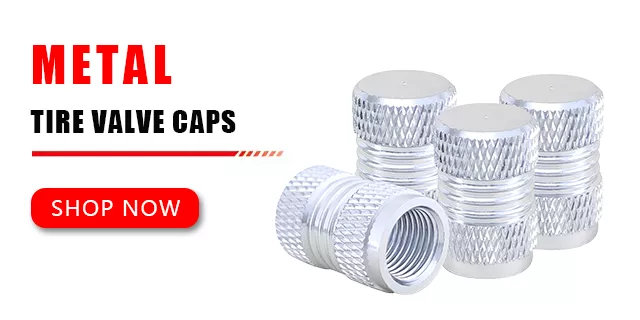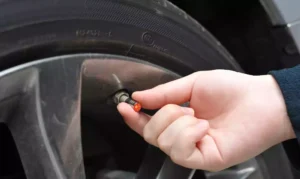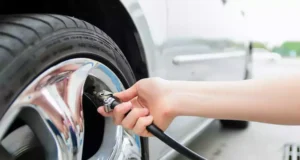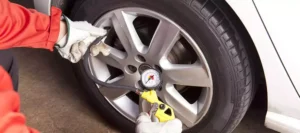When it comes to the proper inflation of your car tires, precision matters. Finding the right balance of air pressure is crucial for optimal performance, safety, and longevity of your tires. So, how much air should you actually put in those rubber marvels that keep your vehicle rolling smoothly on the road? Let's delve into the realm of tire pressure and demystify this enigma.
First and foremost, it is imperative to consult your vehicle’s owner’s manual. This sacred book of automotive wisdom provides manufacturer recommendations tailored specifically to your make and model. It holds the key to unlocking the tire pressure secrets that will unleash your car’s full potential.
Alternatively, you may uncover a hidden treasure trove of information by inspecting the placard discreetly affixed to the door jamb or inside the fuel filler flap. This unassuming metal or plastic plate silently communicates the tire pressure specifications approved by the vehicle’s creators. Pay heed to its subtle whispers and you shall be rewarded.
In the absence of such divine guidance, fret not, for there exist general guidelines to steer you in the right direction. The universal rule of thumb is to aim for the tire pressure recommended by the Original Equipment Manufacturer (OEM). These prodigious beings birthed your vehicle and possess unparalleled wisdom in matters of inflation.
Yet, let us not be hasty in our assumptions. For even within the sacred realm of OEM recommendations, diversity may thrive. Your chariot, molded by the hands of automotive artisans, may have its own peculiarities. It is prudent, therefore, to ascertain the ideal tire pressure range for your specific vehicle.
Should you wander into the realm of uncertainty, ponder not alone in the darkness. Seek the counsel of tire experts, the guardians of rubber knowledge. Pay a visit to a trusted mechanic or tire specialist who shall grace you with wisdom and guidance. Their seasoned hands have caressed countless tires, and their discerning eyes have witnessed the rise and fall of tire pressure. They shall illuminate the path you seek.
To indulge your curiosity further, it is worth noting that tire pressure is measured in pounds per square inch (psi). This numerical representation embodies the delicate balance between too little and too much air, the fulcrum upon which your tires teeter. Excessive pressure may lead to uneven wear, reduced traction, and an uncomfortable ride. Insufficient pressure, on the other hand, invites premature tire aging, decreased fuel efficiency, and a potentially hazardous driving experience.
Thus, dear seeker of tire wisdom, embrace the pursuit of equilibrium. Respect the recommendations bestowed upon you by the wise scribes of the owner’s manual or the mystical placard. Engage with tire experts to unlock the secrets that lie within your vehicle’s heart. And remember, it is not merely air you bestow upon your tires, but the essence of their very existence—the key to a harmonious journey on the open road.







